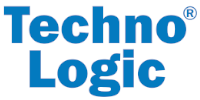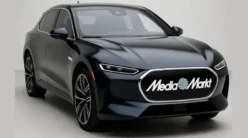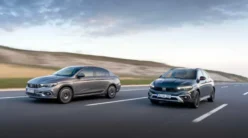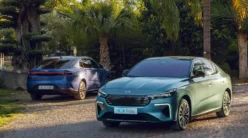The electric vehicle (EV) market is undergoing a transformative shift. What began as a niche sector aimed at eco-conscious early adopters has rapidly evolved into a central pillar of the global automotive industry. As the first generation of EVs matures, the spotlight is now turning toward a new phase of innovation—Electric Vehicles 2.0—defined not just by electrification, but by smarter, more sustainable, and interconnected mobility solutions.
A new chapter in EV Innovation
The global adoption of EVs is no longer a matter of “if,” but “how fast.” Automakers are reimagining vehicle architecture from the ground up, moving beyond simply replacing combustion engines with batteries. The second generation of electric vehicles promises to address key limitations such as range anxiety, charging infrastructure, and total cost of ownership. At the same time, it introduces a wave of advanced technologies including vehicle-to-grid (V2G) integration, bidirectional charging, and artificial intelligence-based driving systems.
Battery technology: From lithium-ion to solid-state
One of the most anticipated breakthroughs in the EV landscape is the transition from traditional lithium-ion batteries to solid-state battery technology. Offering higher energy density, faster charging times, and improved safety, solid-state batteries are expected to redefine performance standards for electric vehicles. Industry giants like Toyota, BMW, and QuantumScape are investing heavily in solid-state development, with commercial models projected to hit the market within the next few years.

Charging networks and ultra-fast infrastructure
Charging remains one of the primary barriers to mass EV adoption. However, this challenge is being met with aggressive infrastructure expansion. Companies such as Tesla, Electrify America, and Shell Recharge are deploying ultra-fast charging stations that reduce downtime dramatically. Simultaneously, government-backed programs in Europe, China, and the U.S. are pushing for widespread coverage, ensuring that EV charging becomes as accessible as traditional refueling.
Software-defined vehicles and over-the-air (OTA) updates
Electric Vehicles 2.0 are as much about software as they are about hardware. With the rise of software-defined vehicles, manufacturers can now deliver performance upgrades, new features, and security patches remotely. Over-the-air updates, pioneered by Tesla and now embraced by Ford, Hyundai, and others, are becoming standard. This approach not only extends vehicle lifespan but also enhances safety and user experience without the need for physical service appointments.
Integration with renewable energy and smart grids
The next frontier for EVs lies in their integration with clean energy ecosystems. Vehicle-to-grid (V2G) capabilities allow EVs to store excess energy and return it to the grid during peak demand. In combination with solar panels, home battery systems, and dynamic energy pricing, EVs are becoming active components of decentralized energy networks. This transition supports broader climate goals while offering financial incentives to vehicle owners.
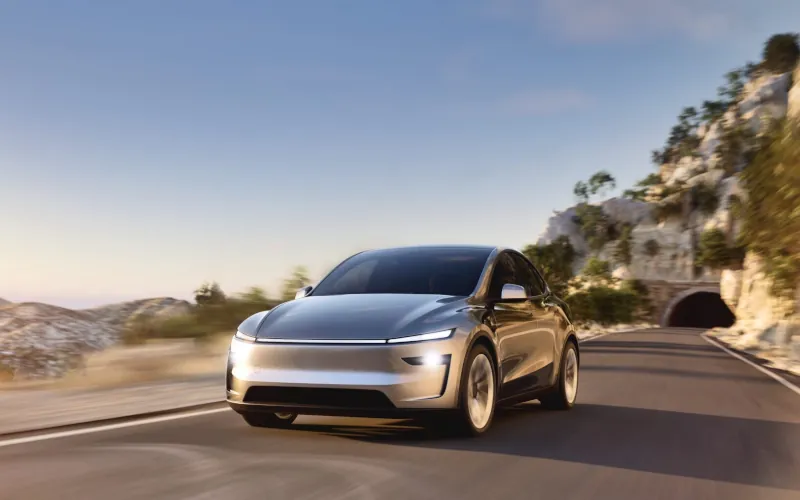
Autonomous driving and AI-powered systems
While full autonomy is still under development, the integration of advanced driver-assistance systems (ADAS) and AI-powered features is accelerating. EVs are increasingly equipped with technologies such as adaptive cruise control, automated lane changes, and self-parking. These innovations are setting the foundation for autonomous mobility and reshaping how we think about driving and vehicle ownership.
What lies ahead?
As Electric Vehicles 2.0 unfold, the industry is set to witness even greater convergence between mobility, clean energy, and digital ecosystems. Future developments are likely to include:
- Shared EV platforms for urban transportation
- Subscription-based vehicle access models
- Blockchain-enabled vehicle data tracking
- Lightweight materials and aerodynamic design innovations
For consumers, these trends translate into vehicles that are smarter, safer, more efficient, and deeply connected to their digital lives.
The electric vehicle revolution is not merely about replacing internal combustion engines—it’s about reimagining transportation. As EVs enter their second generation, the industry is laying the groundwork for a more sustainable, intelligent, and personalized driving experience. From cutting-edge battery technologies to intelligent energy integration, the road ahead for Electric Vehicles 2.0 is both promising and transformative.
